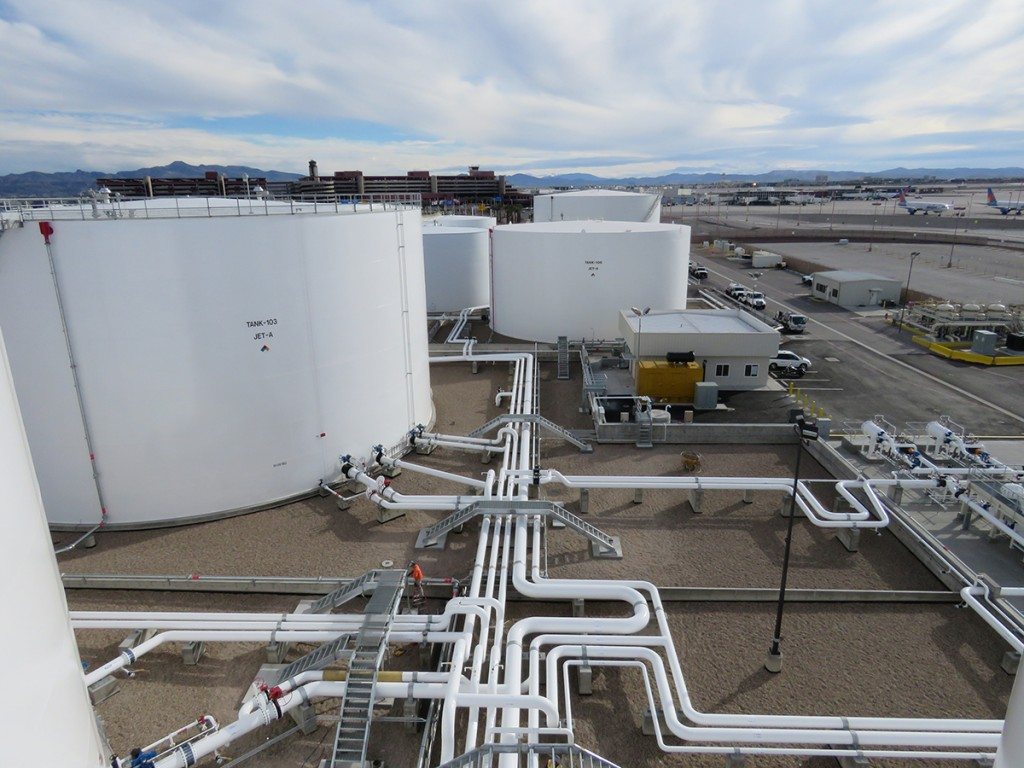 Pond, together with MMC, recently completed a fuel facility expansion project at the McCarran International Airport (LAS). McCarran International Airport serves the city of Las Vegas and the surrounding community. LAS is the 26th busiest airport in the world by passenger traffic and the 8th busiest by aircraft movements. The airport has nonstop air service to destinations in North America, Europe and Asia. It is an operating base for Allegiant Air, as well as a crew and maintenance base for Southwest Airlines and Spirit Airlines.
Pond, together with MMC, recently completed a fuel facility expansion project at the McCarran International Airport (LAS). McCarran International Airport serves the city of Las Vegas and the surrounding community. LAS is the 26th busiest airport in the world by passenger traffic and the 8th busiest by aircraft movements. The airport has nonstop air service to destinations in North America, Europe and Asia. It is an operating base for Allegiant Air, as well as a crew and maintenance base for Southwest Airlines and Spirit Airlines.
The fuel facility at LAS dates to the 1950s when the airlines had their own fuel facilities onsite. In the ’80s, the airlines came together to create a corporation, more commonly known as a Fuel Consortium, to combine the fuel facilities and operate and manage them as one facility. In 2007, Pond was awarded projects to add and modernize the fuel facility based on the fueling consortiums requirements. Pond and its team of engineers across multiple disciplines had to reverse engineer many of the systems given the age of the facility and limited to no records of the original designs.
The expansion was done in two phases over the course of 10 years. The first phase was a challenge as the scope of the design work was constantly changing due to input from numerous stakeholders, including the FAA. Permitting was also a challenge as the authorities were constantly requiring additional permits.
Constructing Tank 107 was a challenge on the construction side given many unforeseen conditions, including a below-grade infrastructure that no one was aware of at the time. In addition, the tank suffered wind damage during the assembly.
Phase 1 was completed in 2009, but there was a paradigm shift for the concept of the facility after its completion. Pond was select for the next phase of expansion based on intimate knowledge of the facility and stakeholders. Pond was the LAS consortium’s first choice as they were familiar with the way we handled the challenges on the previous projects.
The expansion project had numerous challenges as the facility is land locked and the design had to stay within the existing footprint. Also, operational continuity was a major priority as the facility had to remain operational during the expansion to provide fuel to the airlines.
The expansion is now complete and the fuel facility has enough storage to last 18 days to keep up with the fuel demand for years to come, based on the continued growth at the airport.
